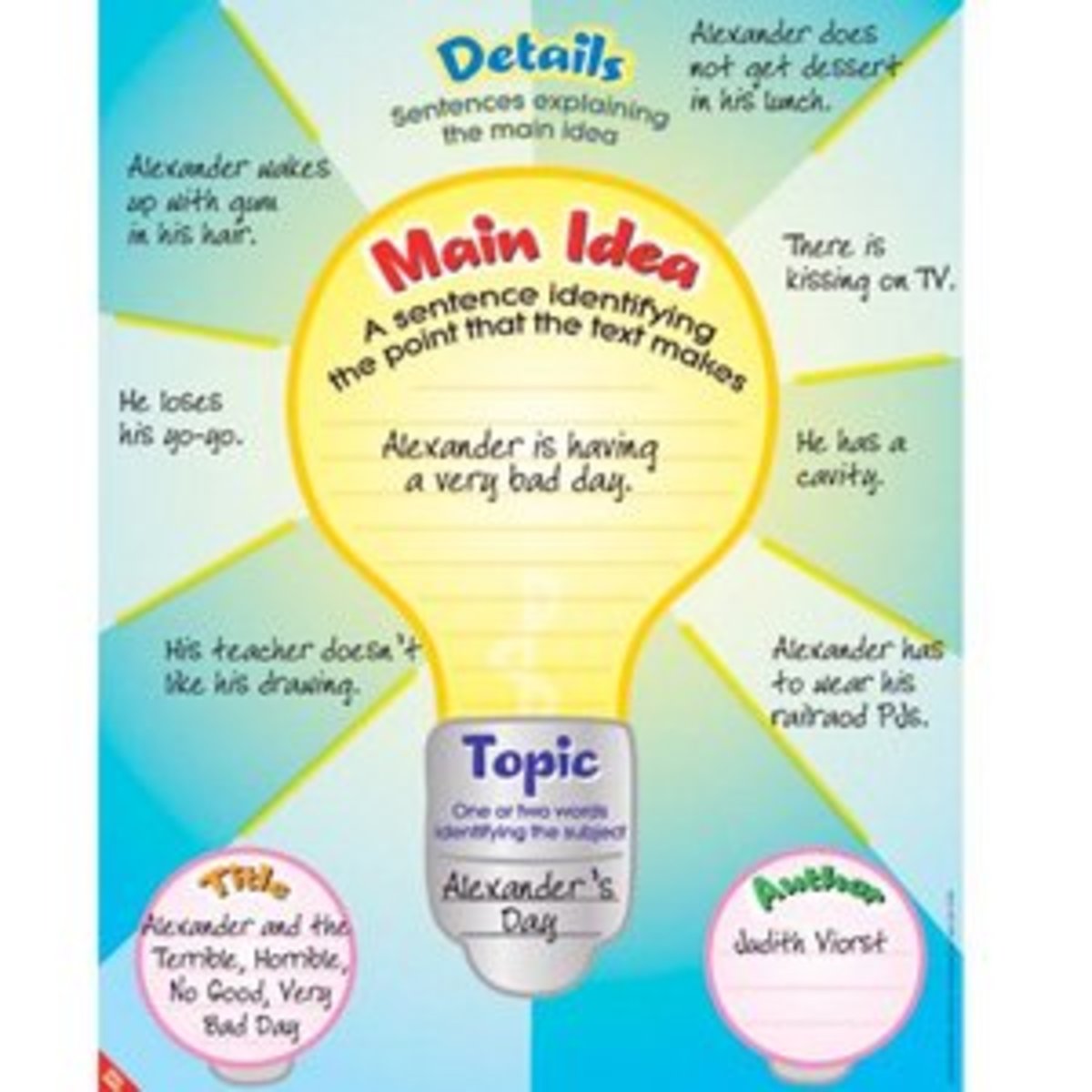How to Read Fast: Skim Reading

Do you skim read?
Do you skim read?
Fast Reading Skills
Speed reading, or skimming, is a reading skill that allows you to read faster while still retaining and comprehending the information within the text. The basic practice of skimming involves being able to look at a text and pick out portions of it that are the most important, such as sentences, words, or even pictures. For some, this skill comes naturally. Others, however, need practice before they can do it successfully.
When someone is skimming a text, they go through it three to four times faster than if they were to actually read it. It's handy when you don't have the time to go through an entire task, although your comprehension may not be as good as it would be if you actually took the time to read it, depending on how successful you are as a skimmer.
There are many reasons why people learn to skim read. For those who go through many papers throughout the day, this skill is essential to choose whether or not the text is worth reading. Skimming also allows you to find specific information you are looking for faster than if you were to read through the entire text. Overall, this method for fast reading allows you to take a quick look before an exam, find what you're looking for fast, and just save time when you really need it.
How to Speed Read

Why skim read?
- BBC - Skillswise - Skimming and scanning
Learn how to skim and scan text with these English skills resources, videos and games designed for adults who want to improve their literacy skills, as well as basic skills tutors and teachers.
Skimming Helps With Reading
Skimming and scanning before reading helps you read faster when you actually fully read the text. It also helps you retain information and understand what you are reading much better.
Why do you skim read?
Why do practice skim reading?
Pretending to Read
- How to Pretend to Read at School
Pretending to read for school isn't the best way to get everything out of a class but sometimes you just can't help yourself, especially if that novel is ridiculously boring. Find out advice on how to successfully pretend to read.
Skim Reading
Like the video above tells us, speed reading takes practice and discipline so expect to work at it at least twenty minutes a day in order to be successful. For those looking to read faster, skimming may help you get there, as it uses some of the same strategies as speed reading and also helps you read more quickly when you reread the text afterwards.
There are a few basic strategies that you use when you are skim reading. Not everyone uses every single one of these so try using each one and seeing which work best for you, since everyone's reasons for skimming are different depending on their purpose or what kind of text they use.
Read the first and past sentence of each paragraph. This is particularly useful when looking for specific information within the text.
Read the first and last paragraphs. This gives you a good idea of what the text is about before you look at anything else. Try restating what the author is talking about in your own words, preferably out loud or in writing. This reiteration helps you retain the information.
Read headings, summaries, and other organizers as you move down the page/screen. When you look over these additions to the text, you can get a better idea of what you are going to read. This prediction allows you to give yourself a focus when you are skimming, which helps you focus better.
Read the title, subtitles, subheadings, and illustration captions. This has the same purpose as the strategy above.
Scan for dates, names, and places. Do this as you read the text so that you can get an idea of key phrases, words, or other information within the text. This helps give you a better idea of where things are going as you scan the text and recognize these important pieces of information.
Read everything in bold or italic type. When phrases or words are bolded or italicized, it is a sure sign they are essential to what the author is saying.
Review graphs, tables, and charts. This is just another way of recognizing important facts and information within the text.
Scan through the text at a steady, even pace. Sometimes, people purely scan the text and try to read as fast as they possibly can. Using the strategies above are much more effective because they help you look for specific details within the text and focus your skimming. However, scanning can help if you do it at a pace where you are actually reading the text with comprehension, rather than looking at words really fast.
© 2012 Lisa








